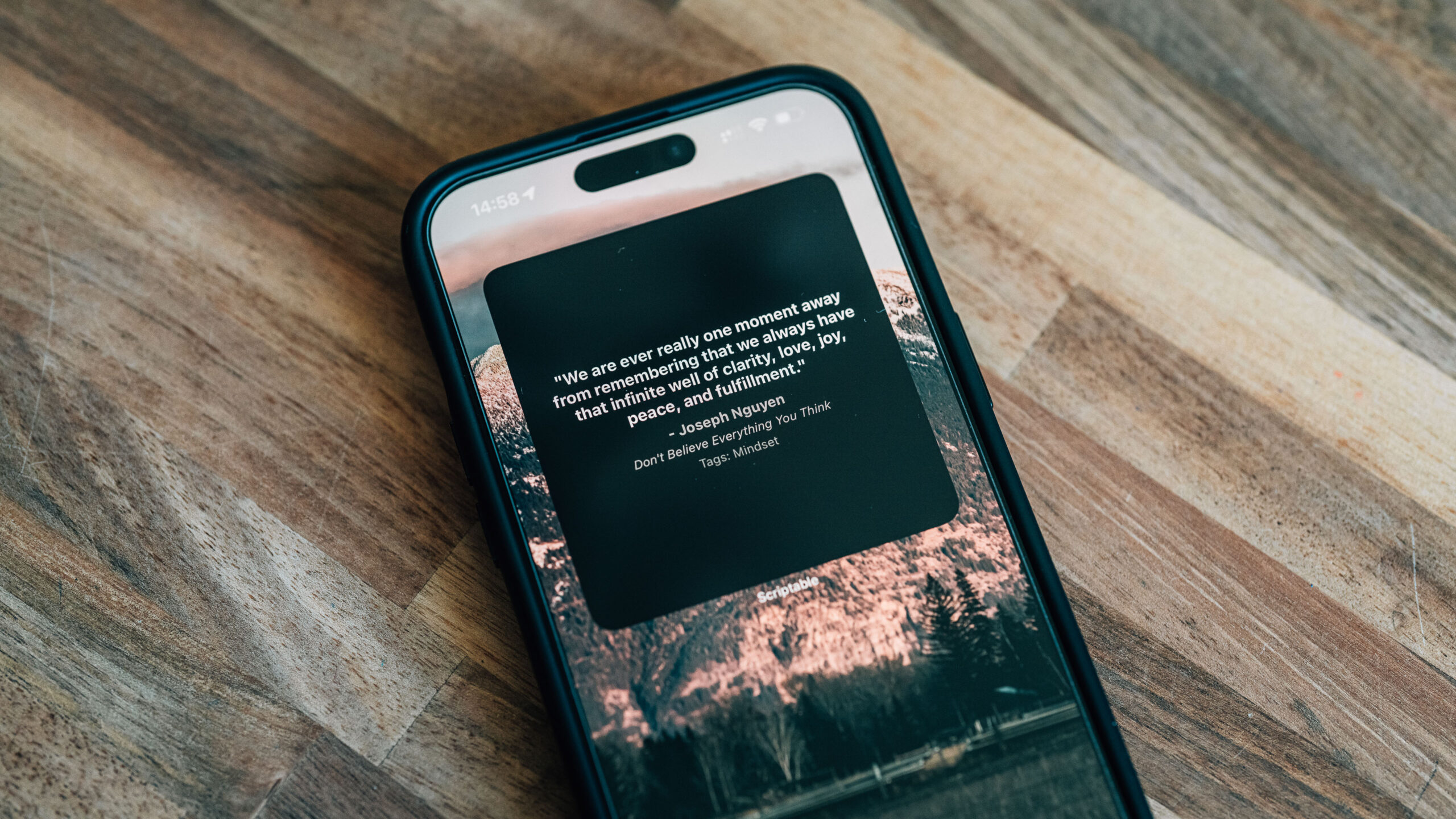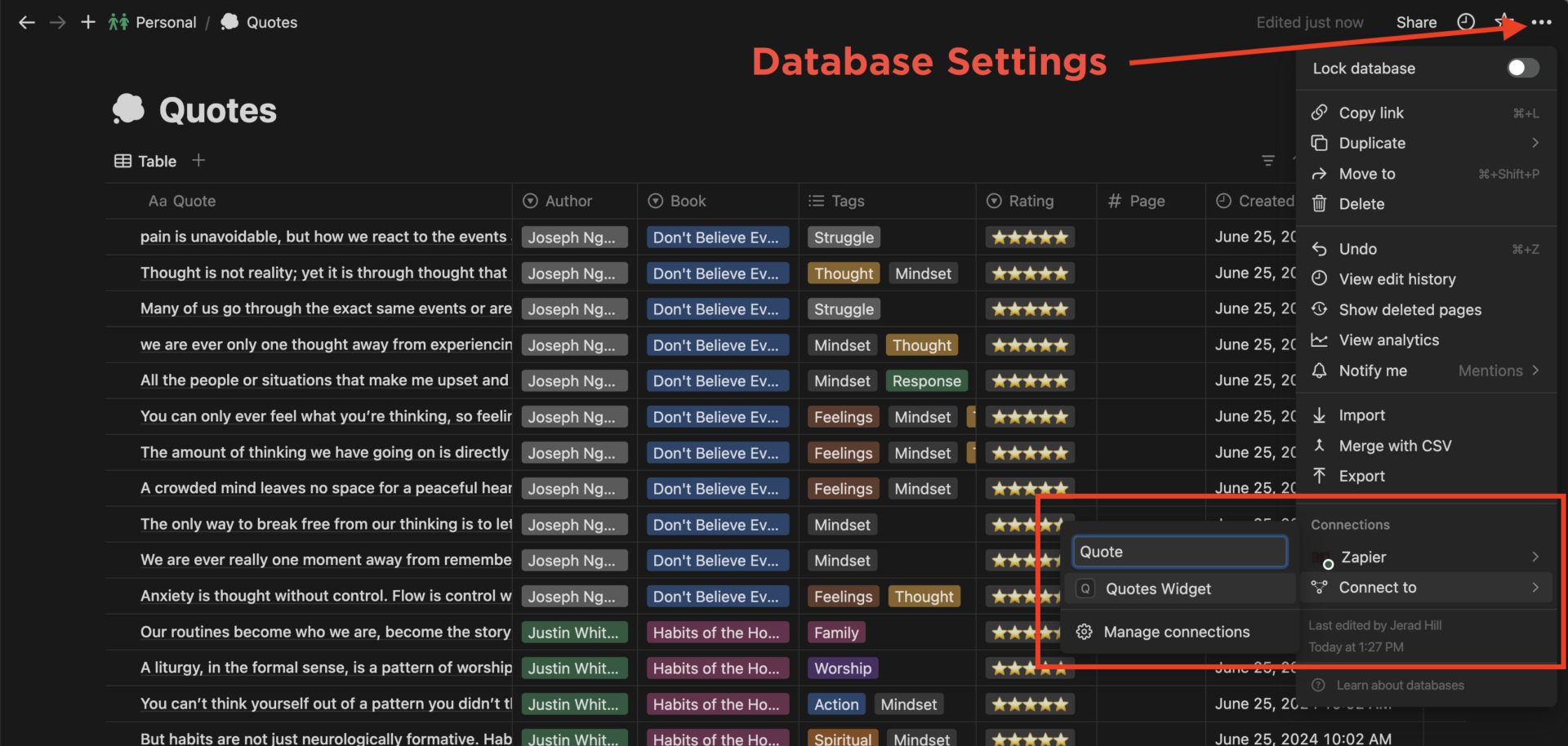“I’m just getting older and better.” —Neal Schon
I turned 45 last week. My only thought about it was that I’m now closer to being a half-century old than having turned 40. For some reason, that seems different. My wife got us a cabin for two nights, and aside from a three-mile hike in the snow, we lounged and ate cheese. It was nice.

2025 Schedule Framework
Earlier this month, I discussed how I am taking the pressure off of January by using it to plan rather than launching a bunch of last-minute goals and resolutions. Starting the year this way has been a change of pace.
The most significant insight I have gained over the past three weeks is the need for a framework to build my schedule. I fed an AI tool as much information as possible about my life and work responsibilities, as well as a few goals, to have it build me a schedule. The AI tool suggested timeboxing, which is not a new concept for me. The only problem is that it did not get granular enough. Even with time-boxed areas for me to work within, I still had to devise a list of tasks and prioritize them appropriately.
That led me to list everything I need and want to do daily so I could schedule everything else around that. I also started listing weekly, monthly, quarterly, and one-time items for 2025. This list contains some goal-related and non-negotiable items I want to ensure are not skipped. Honestly, this has been hard. I have spent too many years of my life fitting things in where they can and responding to needs rather than creating space for them around my life.
Here’s what that looks like:
Daily Framework
- Workout 5+/wk
- Read/Journal Daily Bible Chapter
- Daily page in the journal
- Respond to all emails
- Complete client tasks
Daily items are typically recurring tasks on my schedule.
Weekly Framework
- Bible Studies
- Date/Checkin with my wife
- 1 x Video posted to the tech and camera YouTube channels
- Write in the journals to my kids
Weekly items are also recurring tasks on my schedule. Some are locked to a specific date and time, while others can be completed when time permits.
Monthly Framework
- 1 on 1 with each of my kids
- Breakfast with my father-in-law
- Go flying at least one time
- Some sort of photography excursion/adventure
Monthly items get scheduled at the beginning of the month but are more flexible than weekly or daily items.
Quarterly Framework
- Night away with my wife
- 24-hour Midbar (Means “wilderness” in Hebrew) Solitude Refuge (Luke 5:16 ESV)
- Run a half-marathon
- Ride 50+ miles on my bike in one ride
One Time 2025
- Run a marathon
- Family Trip
- Cohen’s 13th trip
- ManCamp 2025 (Father-son weekend I host)
- Ride 100+ miles on my bike in one ride
One-time items are things I want to do or accomplish once in 2025.
You might notice that most items on this list are family or personal. This is intentional. Work will be completed, and there is plenty of time for that. However, my schedule will fill up if I don’t prioritize my family and personal needs.
When I look at the week ahead, I will schedule it around these non-negotiables,, which make up the framework of my schedule.
If you find yourself reacting to a lack of time for the things that matter to you rather than being proactive, try creating a scheduling framework for yourself.
Personal Mission Statement
For years, I have guided clients through the process of developing a mission and vision statement for their business. To effectively market to potential customers, you have to know your values and find people who align with them. I had never considered doing something similar for myself.
My mission statement:
To exercise faithful sovereignty over my life’s key domains – personal character, family relationships, spiritual growth, and meaningful goals – making purposeful choices that create lasting positive impact and honor what’s been entrusted to me.
Three ways to use a personal mission statement:
- To measure new requests or opportunities against
It’s easy to add new things to our lives. Everything sounds good at the moment until reality sets in, and we realize that this new thing doesn’t align with what’s truly important. A personal mission statement gives us something to measure those things against. - To identify with
There is no shortage of things or causes in this world with which to identify. Whether it be the truck you drive, your job, or something else, we are wired to belong to something. The world wants us to focus on these external things rather than what is internally important to us. Identifying with external things only serves us so long as the external thing continues to work for us. When the external thing breaks down, it causes conflict and forces you to find something else to identify with—identifying with the internal means that the one with room to grow is me, not the external identity.
My identity is based in Christ, which shapes both my inner life and my outward growth. - To declare direction
It’s not about ‘what can I accomplish?’ but ‘what do I want to accomplish? (Brené Brown)
If you want your life to have a purpose, you must declare what you want. A personal mission statement helps you flesh that out. Saying you want to be rich doesn’t get you closer to becoming wealthy. The process of creating a mission statement enables you to identify your primary goals so that you can align yourself with them.
Just as I grow, so will my personal mission statement.
Weekly Debrief
I haven’t been keeping up with my weekly debriefs this year, but I’m getting back into them.
Fitness (YTD)
- Running: 31.1 mi
- Cycling: 161.9 mi
Biggest Insight:
I need a framework that prioritizes what matters most to me, allowing me to build my schedule around my core values and goals rather than fitting them into whatever time remains. (See my scheduling framework above)
Biggest Wins:
- Cabin with my wife for my birthday
- Emmy’s first basketball game
- Liam’s basketball team won two games in a row
- 100-day streak of reading a Bible chapter every day
- I have been getting more sleep
Biggest Losses:
- Workout recovery has been slower than usual
This Week:
- Finish a big client project
- Film the rest of my Ultimate Apple Productivity Course
</End of Brief>
That’s all for this week. As I continue to adjust the format of my debrief, I’d appreciate your thoughts in the comments below.
Have a great week!
Jerad Hill














